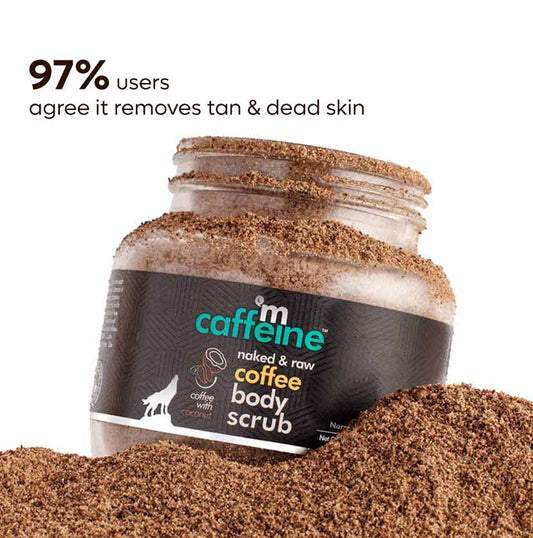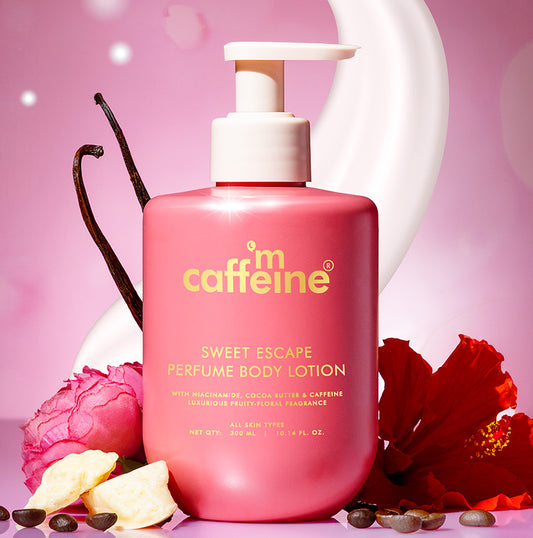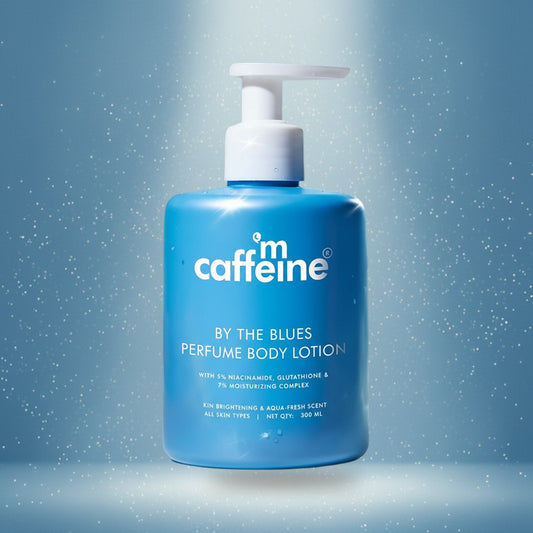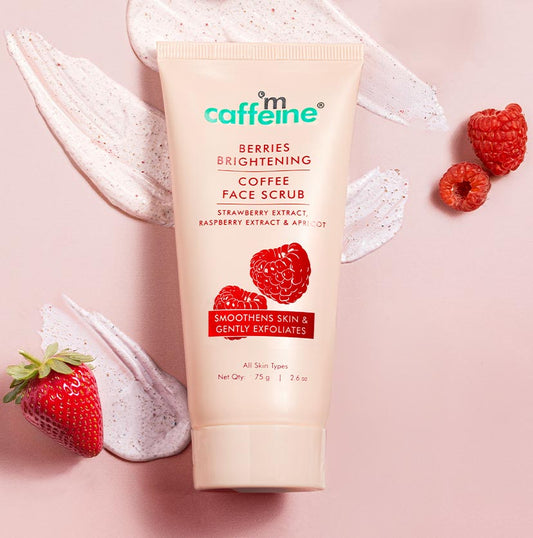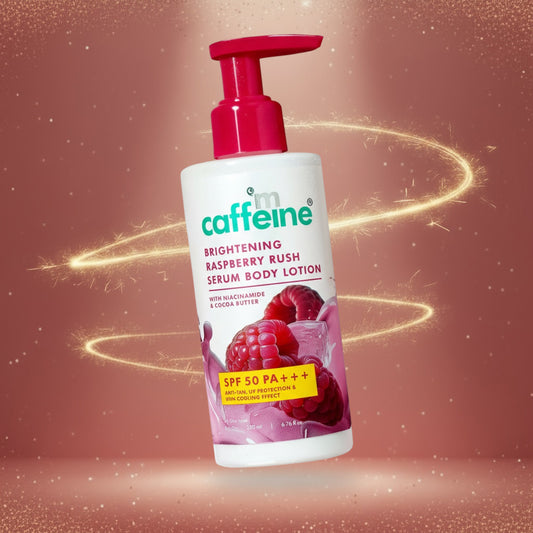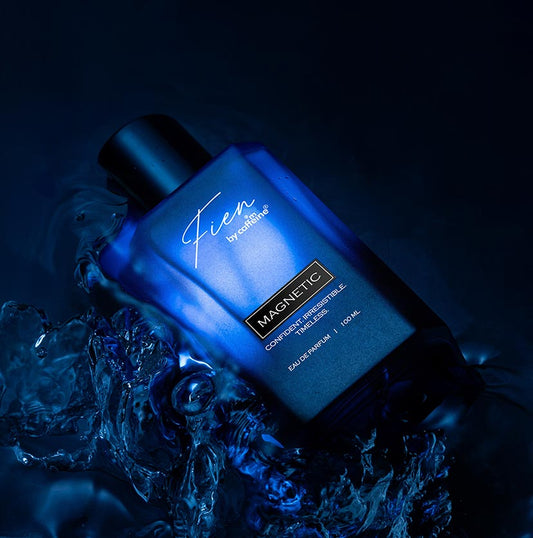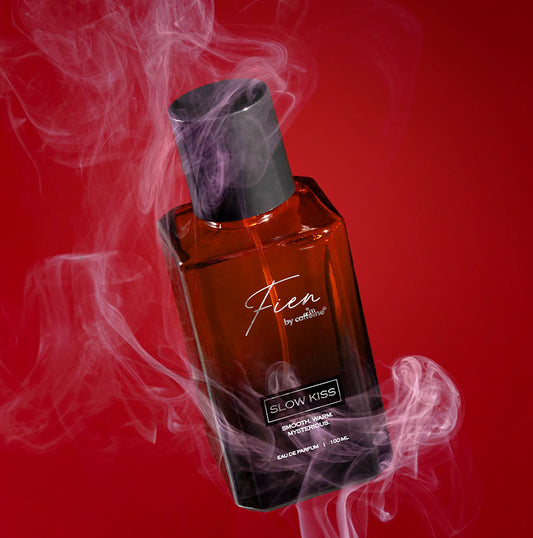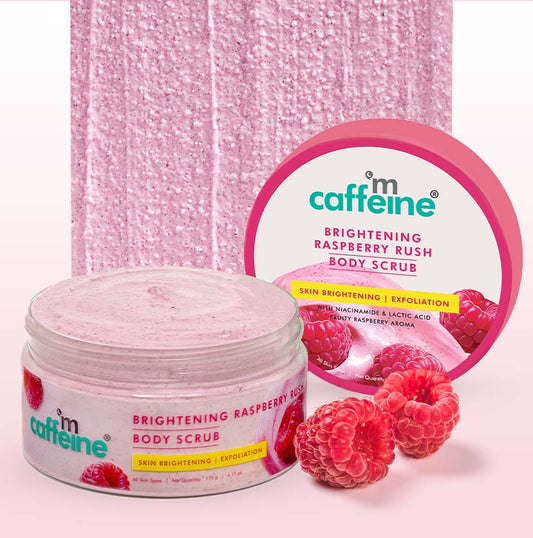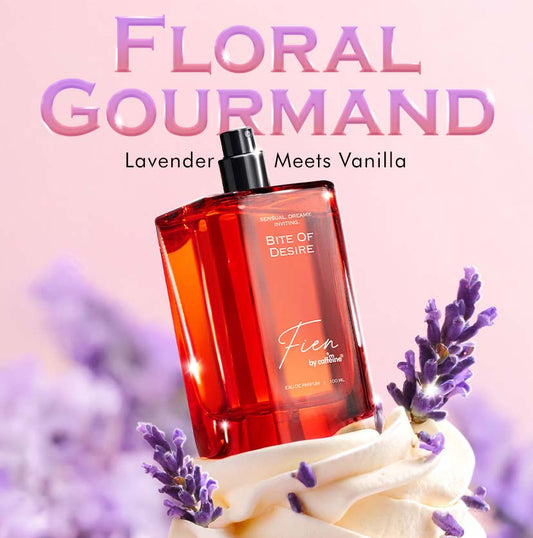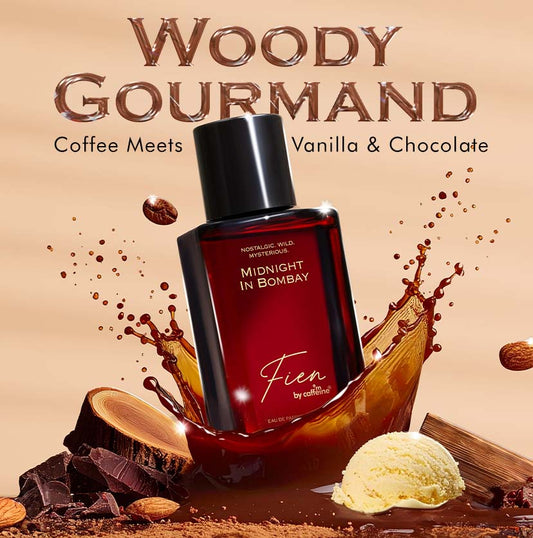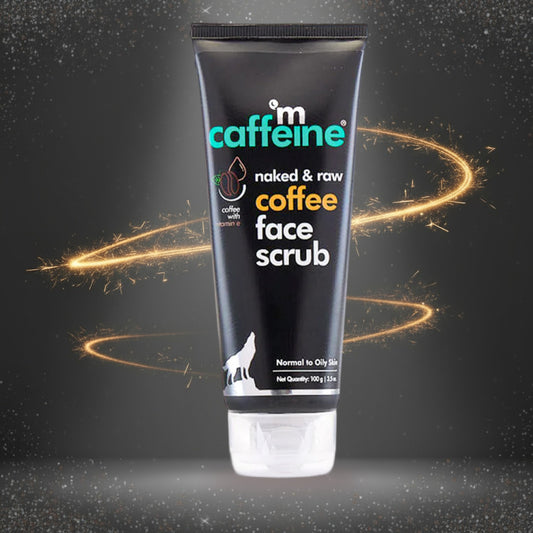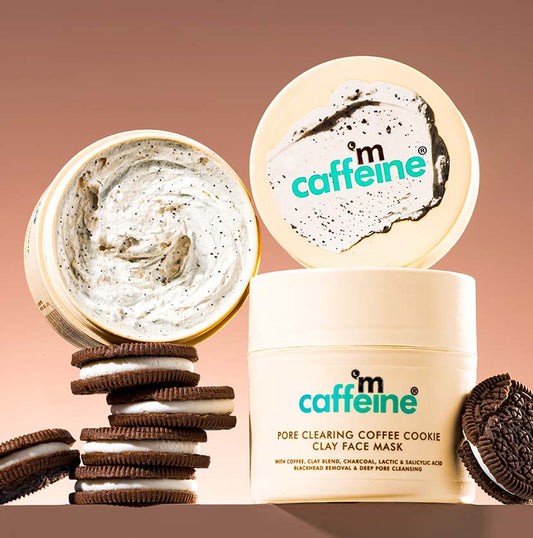How to Choose the Right Hair Products for Repairing Damaged Hair?
17 Aug 2023
Beautiful, healthy hair is often considered one of the most important aspects of a person's appearance. However, due to various factors like heat styling, chemical treatments, environmental stressors, and inadequate care, our hair can become damaged and lose its natural shine and vitality. The good news is that with the right hair products and effective damaged hair treatment, you can effectively repair and rejuvenate damaged hair. In this blog, we will delve into the world of damaged hair, its causes, and most importantly, how to fix damaged hair.
What is Damaged Hair?
Damaged hair refers to hair that has lost its natural structure and moisture, becoming dry, brittle, and prone to breakage. It often appears lifeless, lacks shine, and can have split ends. Damaged hair is a result of various factors, and understanding its causes is crucial to finding the best solutions.
4 Causes of Hair Damage & Their Signs
1. Chemical Damage
It is caused when hair is exposed to any sort of chemical like bleach, dyes, & relaxers. Chemical damage makes the hair prone to breakage. Chemicals like dyes and bleaches break open the hair shaft and then deposit the colour on the hair strand which leads to a weaker structure.
Signs of chemical damage: Brittle hair that is prone to breakage.
2. Heat Damage
Heat damage is what most of us are aware of as “damaged caused to hair after using hot styling tools” While this is true but unfortunately, heat damage can also be caused due to sun rays. Going out on a sunny day not only affects your skin but also your hair. Exposing hair to high heat damages the hair’s cuticle and ends up changing the shape of the hair’s keratin strands which affects hair elasticity.
Signs of heat damage: Dry frizzy hair are the most common symptom of hair damage.
3. Hard Water Damage
Hard water is rich in minerals like calcium and magnesium which can leave residue on hair, causing dullness, dryness, and damage. Use good clarifying hair shampoo to treat it.
Signs Of hard water damage: Irritated scalp reduced hair volume.
4. Mechanical Damage
This is often caused when hair is handled aggressively or improperly. How? Actions like aggressive detangling, tight ponytails & braids, and excessive brushing can cause the mid-shaft to split causing damage.
Signs of mechanical damage: Causes split ends.
How to Fix Damaged Hair - Hair Damage Solutions:
Repairing damaged hair requires a thoughtful and holistic approach that goes beyond using a single miracle product. It involves a combination of dedicated care, damaged hair treatment, and making mindful choices in your hair care routine. Here's a detailed breakdown of how to fix damaged hair.
Step 1: Use a Gentle Cleansing Shampoo:
Opt for sulfate-free or mild hair shampoo. Harsh sulfates can strip away essential natural oils, further exacerbating hair damage. Wash less frequently overwashing can lead to dryness try to aim for every 2-3 days, or as needed.
Step 2: Start Incorporating Deep Conditioning:
While choosing a hair conditioner look for formulations that are specifically designed to repair and strengthen damaged hair. Gently detangle hair while the conditioner is applied to prevent breakage and minimize stress on fragile strands.
Step 3: Add a Weekly Hair Mask to Your Routine
A hair mask can be a game-changer in your damaged hair treatment again look for a hair mask that is formulated to treat hair damage. While you leave the hair mask on try applying heat (using a warm towel or shower cap) can help the mask penetrate the hair shaft for enhanced results.
Step 4: Use of Hair Serum
Opt for lightweight serums if you have fine hair and richer ones for thicker hair textures. While applying your hair serum remember A little goes a long way. Start with a small amount and gradually increase if needed. Concentrate serum application on the ends of your hair, where damage is usually more pronounced.
Step 5: Heat Styling Precautions
Whenever possible, let your hair air dry and limit heat styling to special occasions. Apply a heat protectant spray or a hair serum before using heat tools to shield your hair from excessive damage.
Step 6: Opt for a Scalp Scrub
Use a good scalp scrub once a week to remove dead skin cells, and product buildup, and promote a healthy scalp environment. While applying the scrub, gently massage your scalp to stimulate blood circulation and encourage hair growth.
Step 7: Go for Regular Trims
Regular haircuts every 6-8 weeks help prevent split ends from travelling up the hair shaft, promoting healthier growth.
Step 8: Balanced Diet and Hydration
Drinking sufficient water supports overall hair health & consuming a diet rich in proteins, vitamins (especially biotin and vitamin E), and minerals (such as iron and zinc) to nourish hair from within.
List of Products that Can Help in Repairing Damaged Hair:
Coffee Scalp Scrub - Provides 99% Dandruff Reduction
Cappuccino Hair Serum with Vitamin E - Delivers 10X Smoother & Frizz-Free Hair
Intense Damage Repair Latte Hair Mask with Coconut Milk & Shea Butter
Coffee Shampoo- Provides 7X Stronger Hair
Coffee Hair Conditioner with Pro-Vitamin B5 and Argan Oil - 5X more hair strength
Conclusion:
Repairing damaged hair is a journey that requires dedication and the right products. By understanding the causes of hair damage and adopting a consistent hair damage solution that includes gentle cleansing, deep conditioning, regular hair masks, and protective serums, you can restore your hair's health and shine. Remember, it's essential to choose products that are tailored to your hair's needs and concerns for the right dead hair treatment.
FAQs:
1. How do I take care of my damaged hair?
Follow a hair care routine that includes gentle cleansing, deep conditioning, weekly masks, and protective serums. Minimize heat styling and avoid harsh chemicals.
2. How can I improve my damaged hair naturally?
Natural remedies like coconut oil, argan oil, and aloe vera can provide hydration and nourishment to damaged hair. Also, maintain a balanced diet rich in vitamins and minerals.
3. Which oil should I use for damaged hair?
Argan oil, coconut oil, and jojoba oil are excellent choices for damaged hair due to their moisturizing and nourishing properties.
4. Can I grow my damaged hair?
Yes, with proper care and the right products, you can encourage healthy hair growth even if your hair is damaged. Trimming split ends regularly and following a hair care routine will help support growth.






